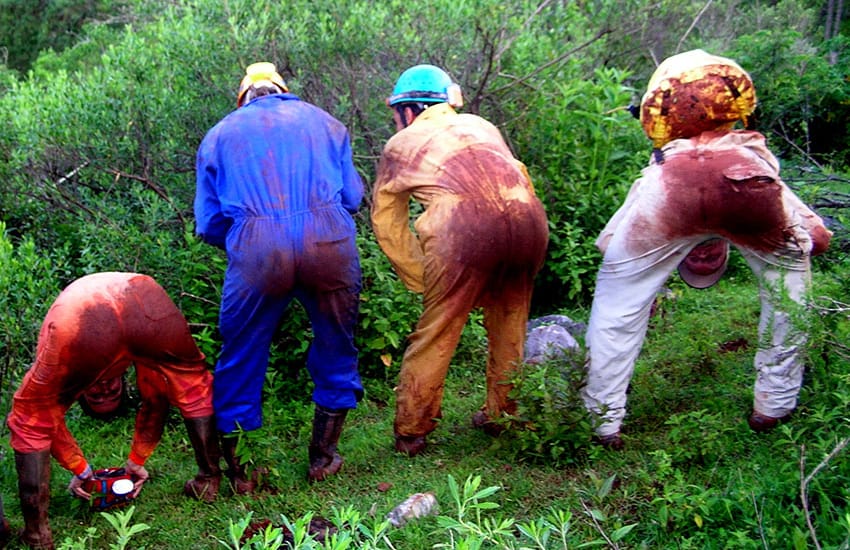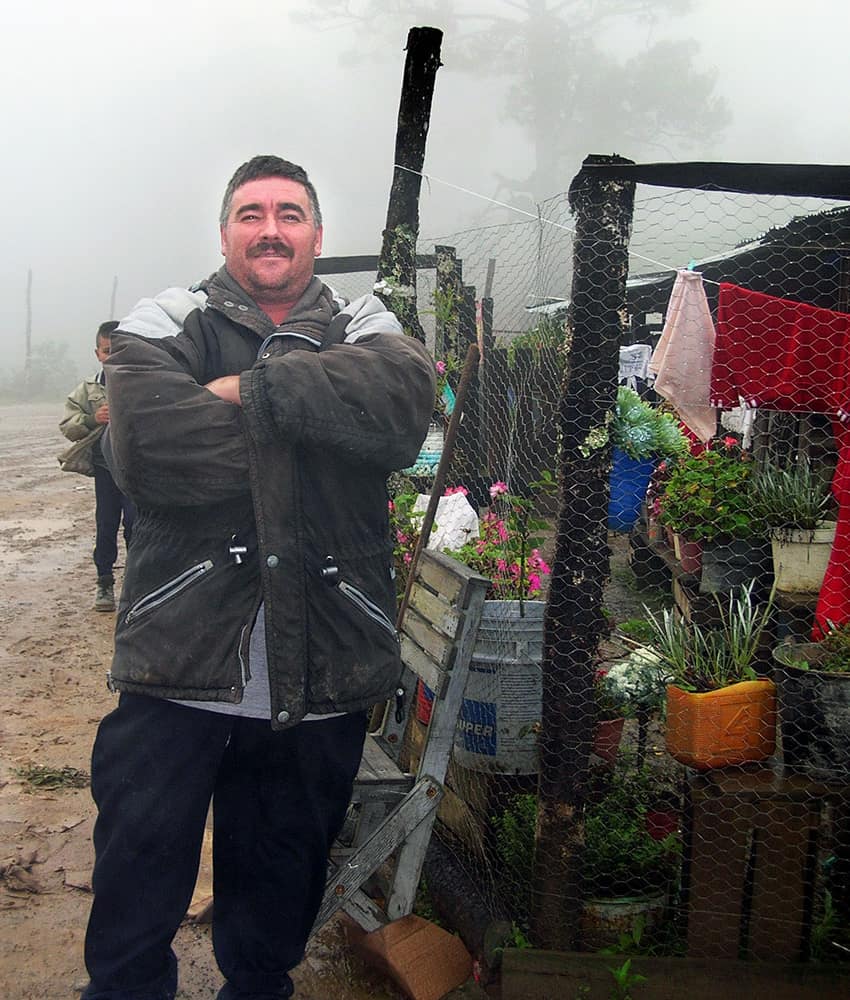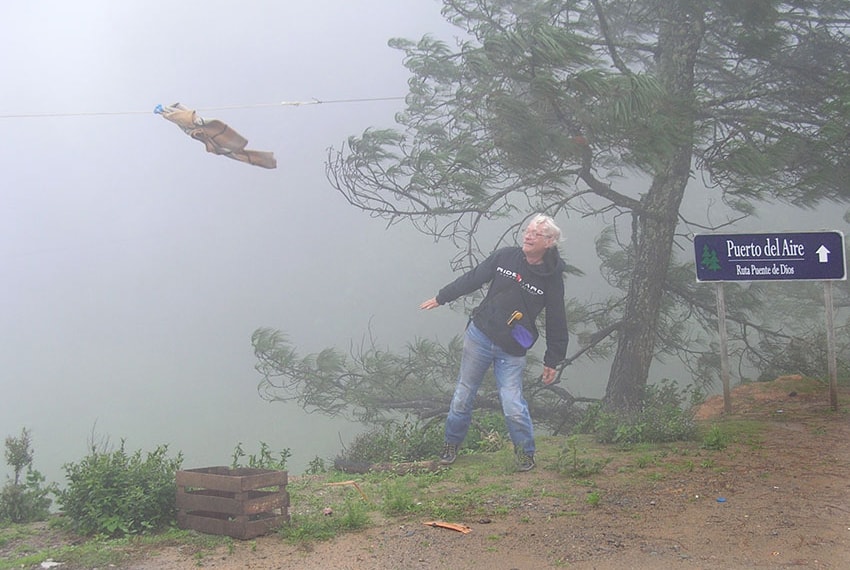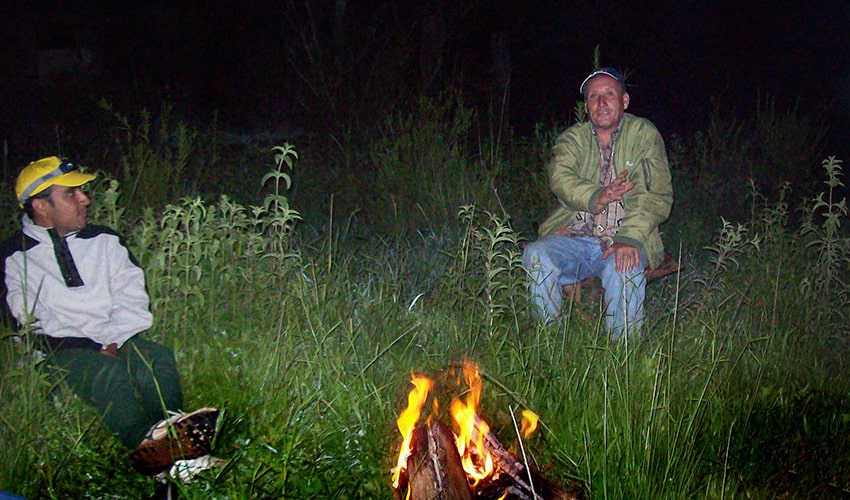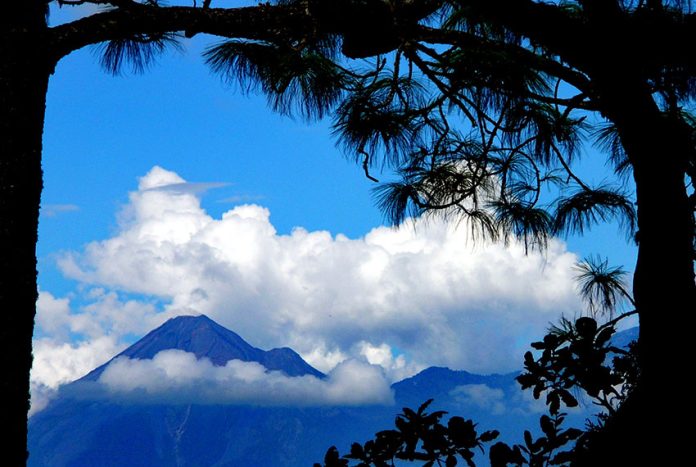One of the side benefits of cave exploration in Mexico is that we frequently stumble upon fascinating places that we would never find otherwise.
For example, it was only because of a cave that we ventured forth into the Sierra Lalo, an area so remote that it shows up on maps as a great blank space situated 50 kilometers due east of Colima city, yet located entirely within the state of Jalisco.
Zoom in with Google Maps and about the only thing you can discern is the little settlement of Alotitlán, population 26.
What a delight it was when we discovered that this Sierra — which covers an area of 240,000 hectares — is heavily wooded and green all year round thanks to its countless streams and springs. Naturally, this means that the forest is filled with wildlife, including foxes, lynxes and pumas.
What first attracted the Spaniards to these mountains, however, were gold, silver, iron and marble.
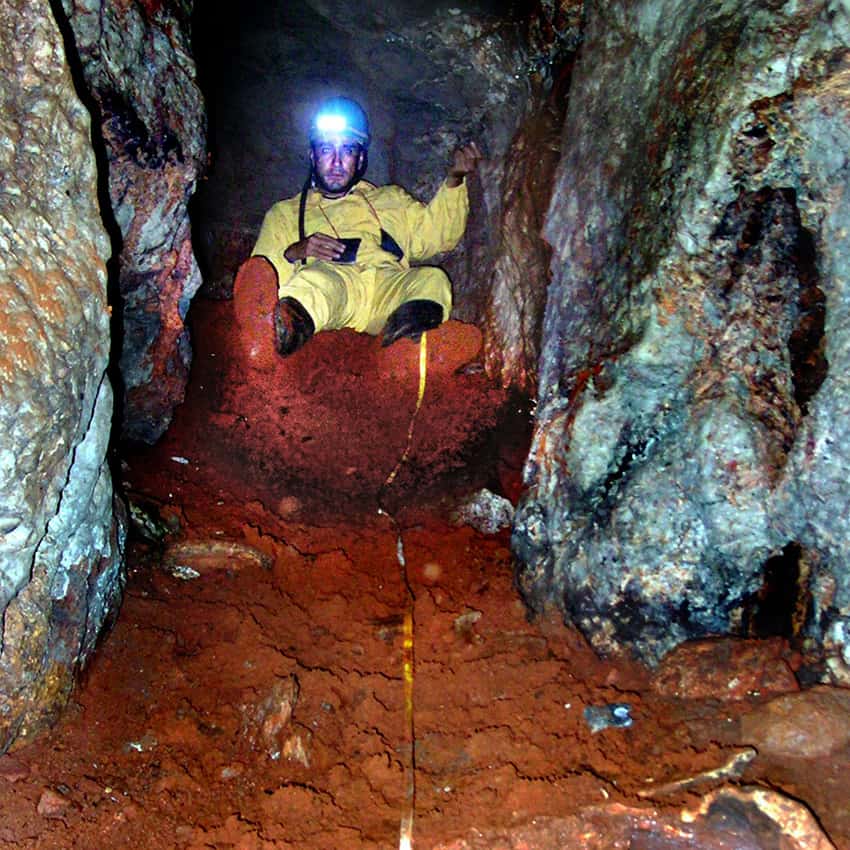
Did I forget to mention the altitude? It ranges from 1,000 to nearly 3,000 meters, making the Sierra Lalo, all in all, just as cool and inviting as the famous hills of Tapalpa, Jalisco, but without the tourists.
Perhaps the place is relatively unknown because this sierra appears on maps with a variety of spellings: La Sierra del Alo, La Sierra del Halo, La Sierra de Lalo and, finally, just La Sierra Lalo. Now, Lalo is the diminutive for Eduardo, but don’t waste your time looking for the Eddy it was named after: he may be as hard to locate as Santa Claus.
I first drove into these mountains with members of the Zotz Caving Club, and we were heading not for the metropolis of Alotitlán but for the even-less-known pueblito of Canutillo, which boasts a population of 20.
Here, believe it or not, there is a shop owned by one Doña Marta, who had, some months earlier, spoken the word cueva (cave) to my friend Mario.
“You’ll find it at a place called Rancho del Real,” she had added.
We soon located the cave, which had two entrances and 184 meters of mostly walking passages characterized by two things: once beautiful but now broken formations like stalactites and draperies up above your head, and thick reddish mud beneath your feet.
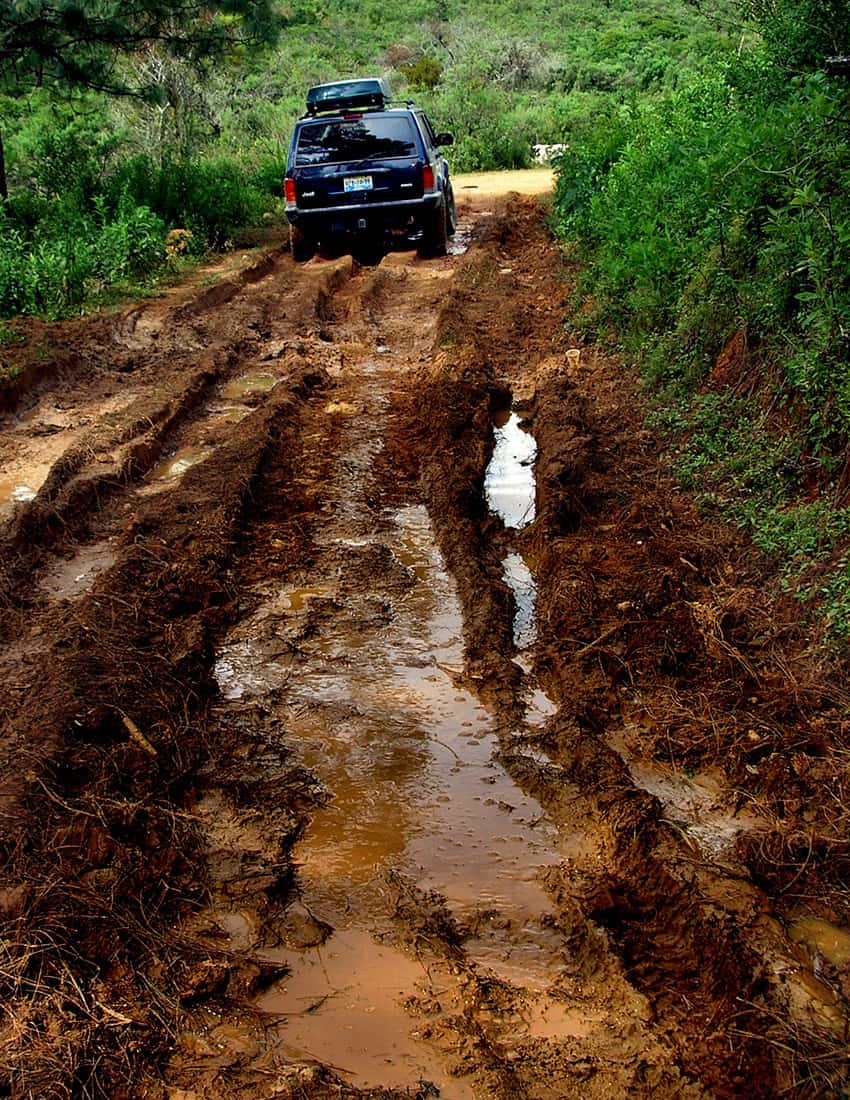
We were, of course, surveying this cave, which meant that some of us were obliged to drag the survey tape to the far end of every little side passage, which could most often be accomplished only by crawling through the brightly colored mud that was actually clay that permanently dyes your clothes, clogs up your flashlight and wreaks havoc on your camera.
Naturally, we also had to crawl through plenty of bat guano, including the gooey, smelly, black excretions of vampire bats.
That evening, the owner of the ranch, Señor Juan Herrera, kindly invited us to camp on his property. After washing up in an ice-cold stream, we warmed ourselves around a roaring campfire.
Although it was still August, at 1,800 meters altitude the descending fog sent a chill through my bones. Soon, the fog had us talking about things that go Bump in the Night.
“We have a ghost here,” said Herrera. “It’s tall, dressed all in white and has no head. I’ve seen it several times, and I’m not the only one. A group of miners came here to do an assessment and slept in a trailer parked over there, just above where you are camping.”
“Well, every night,” he added, “this trailer would start to shake uncontrollably, apparently for no reason at all. The men figured somebody was behind this, so one of them decided to sleep underneath the trailer so he could catch the culprit in the act.”
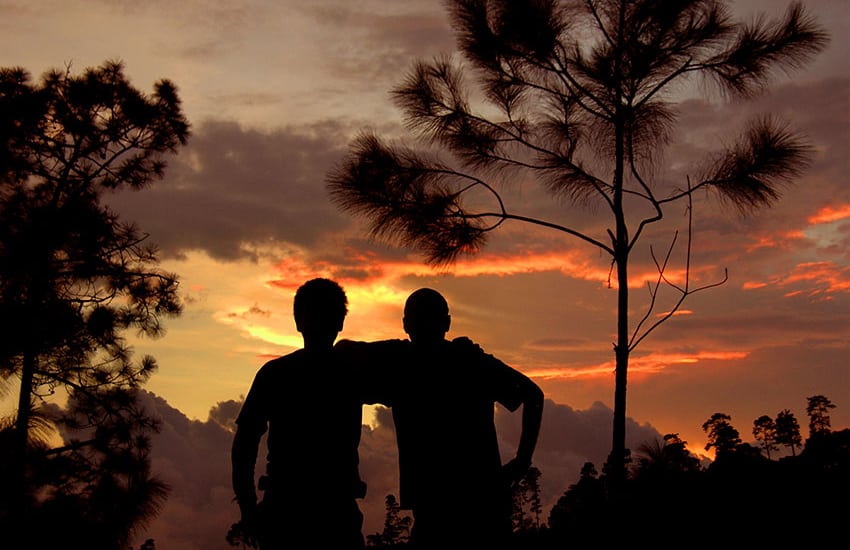
In the middle of the night, so goes Herrera’s story, the shaking started.
“The ‘watchman’ woke up and found no one else under the trailer but himself,” he explained. “He crawled out just in time to see the headless ghost go down the road and through the gate. He ran after it and found the gate — that one you see right over there — locked. That ghost went right through it!”
Of course, I got up in the middle of the night to see if I could spot the headless ghost, but no such luck. The next day, we wasted all morning trying to find another cave in the local garbage dump (only cavers would persist in such an effort) and finally decided to relax and look around.
Doña María had told us that the greatest tourist attraction they had in the area was El Puerto del Aire, which I think must be one of the highest points in the Sierra Lalo.
So, we set out from Canutillo and drove 14 kilometers uphill toward Puerto del Aire, where we planned to eat lunch. The road was awful, with deep, muddy sections. We had to cross several streams and dodge rockfall on the steep road.
In the rainy season, you really need four-wheel drive. Curiously, it began to get darker and darker as we gained altitude even though it was the middle of the day.
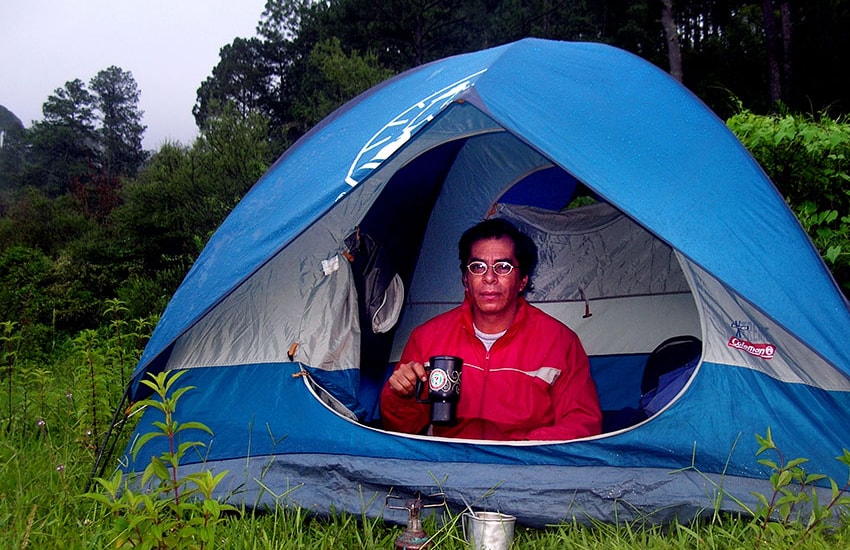
When we reached the very top of the mountain, at 2,286 meters, we could hardly believe our eyes. We seemed to have changed seasons in a matter of minutes. It was August-in-Sunny-Mexico down below around Canutillo but Patagonia-in-the-Dead-of-Winter up here at the mountaintop.
Right where a sign advised us we had reached Puerto del Aire, it suddenly felt cold. A thick fog enveloped the place while a powerful wind howled across the road so loudly that we had to shout to one another. My friend Mario had a cigarette in his hand one minute and the next second it was gone.
Clothes on a line were flapping wildly like sails in a hurricane. We could barely walk in a straight line. There was a little shop up there, and we wondered how the family running it could stand this weather. It was, after all, still summer, yet the shop owner was wearing a heavy anorak.
“What must this be like in winter?” we mused as we jumped back into the truck and abandoned all thought of eating lunch at this “tourist attraction.”
However, I must say, just being there was a truly unique and therefore unforgettable experience that I would highly recommend — but only for a few minutes.
Having duly paid our respects to Puerto del Aire, we quickly drove two kilometers back down the road and — lo and behold — it was summer again: sunny, calm and peaceful. We picnicked on the roadside, watching the distant trees up on the mountaintop, still violently swaying.
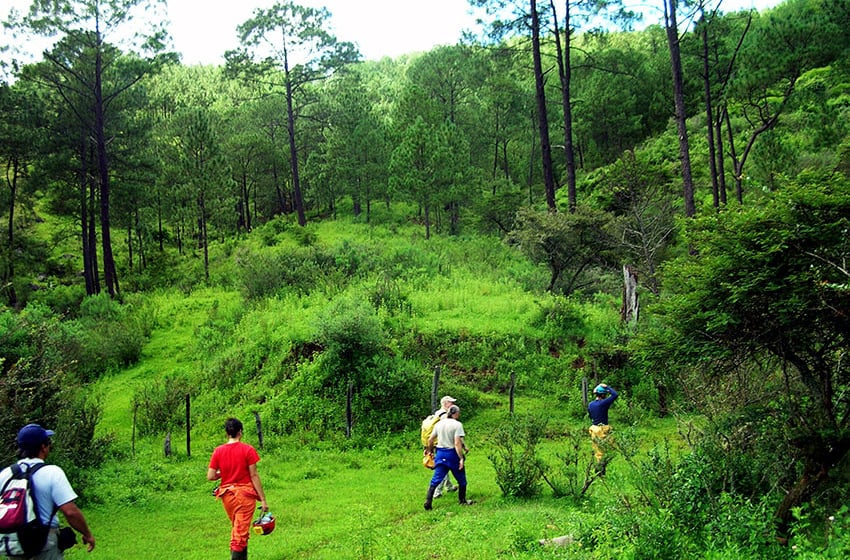
I was later told that what we had experienced is known as the Venturi effect, caused by wind being squeezed into an increasingly narrow space and therefore speeding up dramatically.
If you ever visit Puerto del Aire, you’ll never forget it — unless, of course, you go there on a day the wind is not blowing!
To get to this curious spot deep inside the Sierra Lalo, I recommend you not follow Google Maps, which takes you through Pihuamo. Instead, I suggest you follow the route I show on Wikiloc, which can be done with a high-clearance vehicle in the dry season. Don’t forget to bring your kite!
The writer has lived near Guadalajara, Jalisco, for 31 years and is the author of A Guide to West Mexico’s Guachimontones and Surrounding Area and co-author of Outdoors in Western Mexico. More of his writing can be found on his website.
